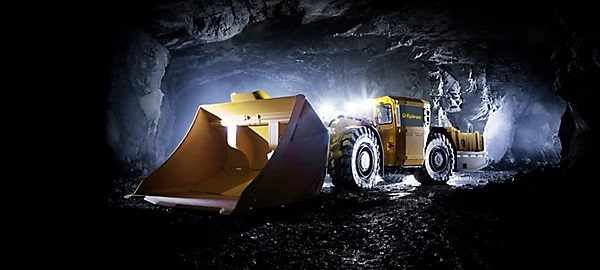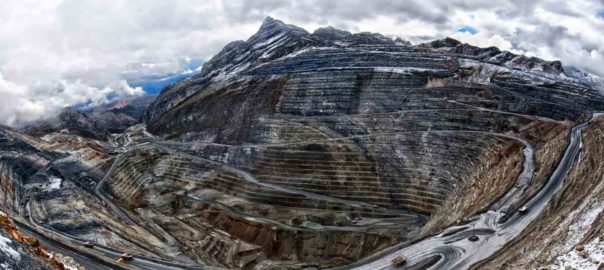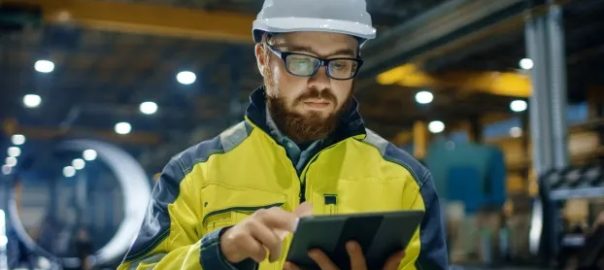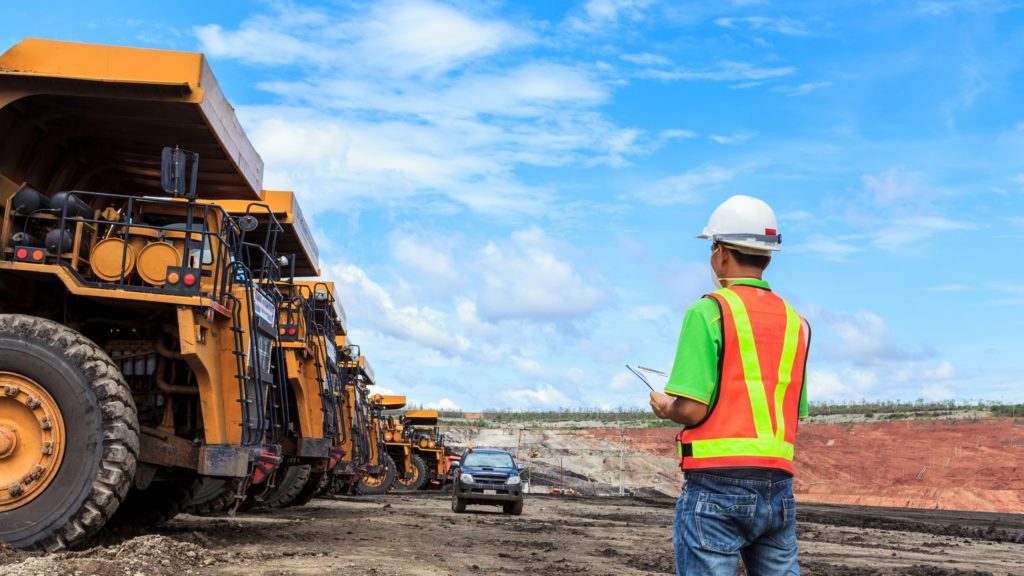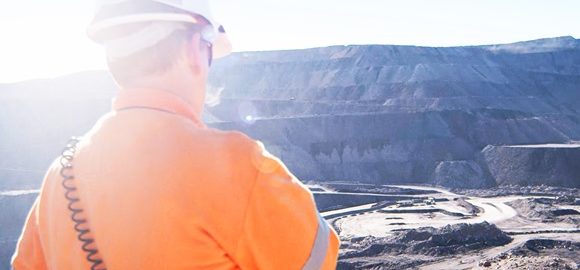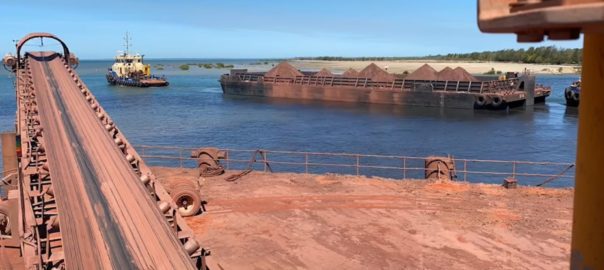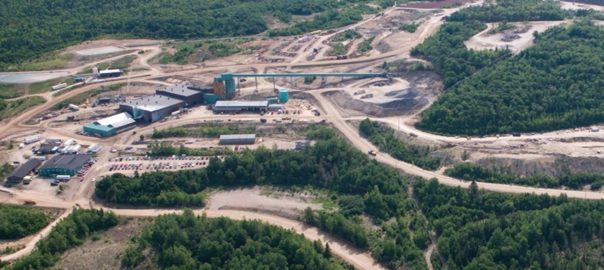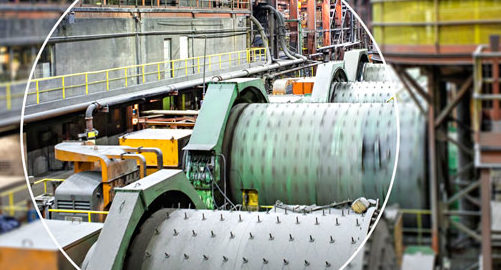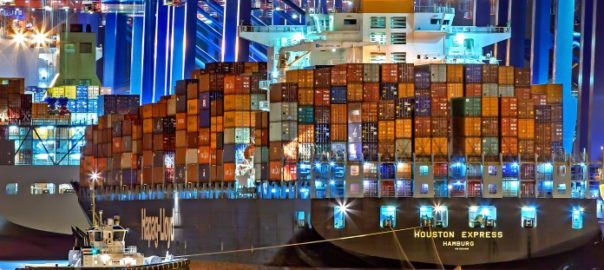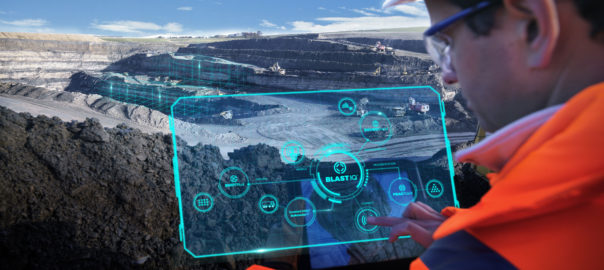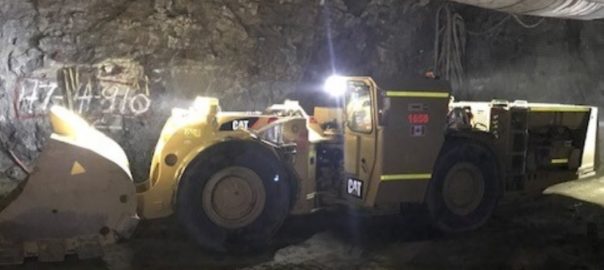Glencore is to introduce a new battery-electric LHD from Epiroc at its CSA copper mine in Cobar, New South Wales, as it looks to reduce diesel emissions and energy costs, plus improve operator safety and productivity performance at the operation.
The ST14 Battery loader will be one of the first of its kind to be used anywhere in the world, Glencore said, with the mine’s operators set to start using it later this month.
These 14 t payload battery-electric loaders have also been used at Agnico Eagle’s Kittila gold mine in northern Finland as part of the SIMS project, while LKAB is looking to use one of the units at its main Kiruna iron ore mine for production and in the Konsuln test mine, both in Sweden. Boliden, meanwhile, has been testing an ST14 Battery at its Kristineberg underground copper-zinc mine in the country.
In the Americas, Vale is set for the delivery of four Scooptram ST14 Battery loaders at its Canada underground mines as part of a 2020 agreement with Epiroc, while Codelco, in 2020, said it would soon start testing one of these units in Chile.
CSA is one of Australia’s deepest underground mines and produces about 50,000 t/y of copper in concentrates. The battery-electric loader is set to transport thousands of tonnes of ore and waste per day, operating at a depth of almost 2 km underground, Glencore said.
“The copper we produce at CSA Mine is a key enabler of the low carbon economy, and is an essential commodity that goes into electric vehicle batteries and renewable energy technologies like wind turbines and solar panels,” Peter Christen, General Manager of Glencore’s CSA Mine, said.
“We are committed to reducing emissions across our own operations and our investment in the ST14 Battery Loader is an important step in the broader transformation of mining in a low carbon future.”







